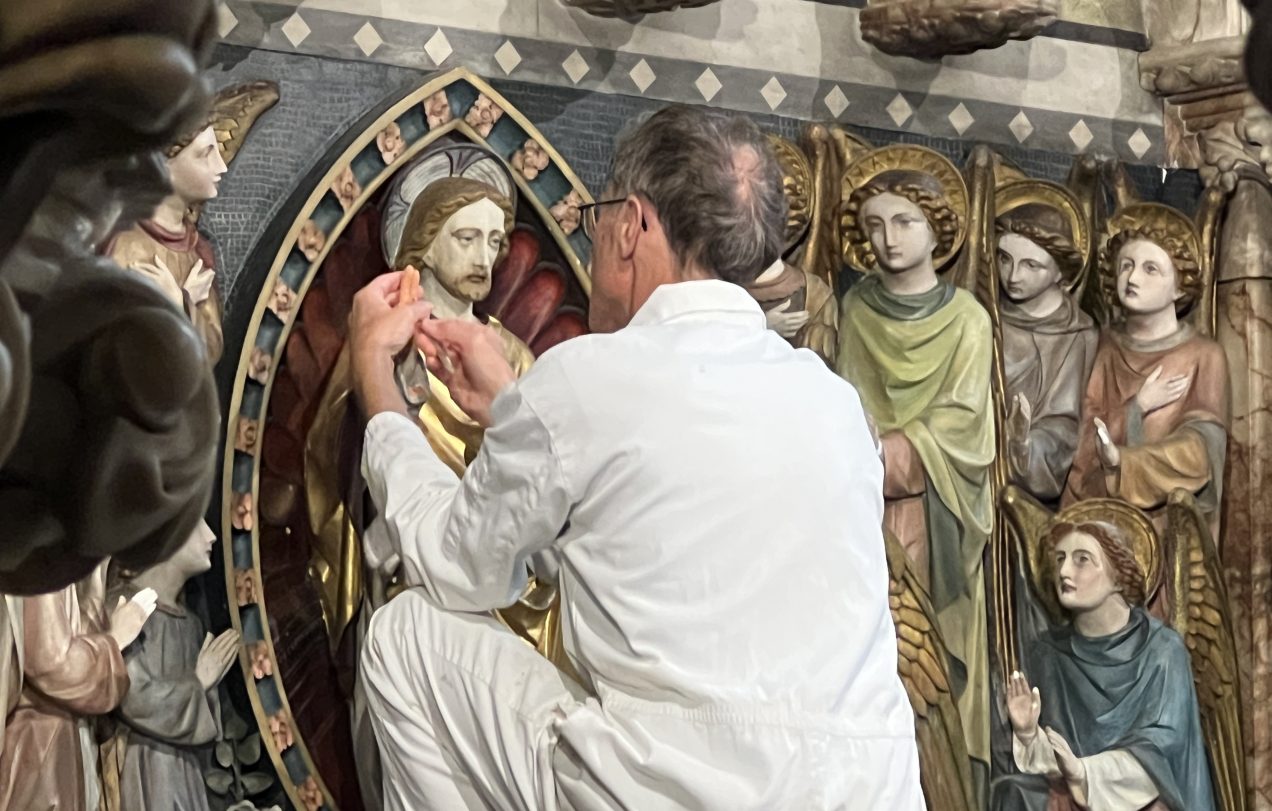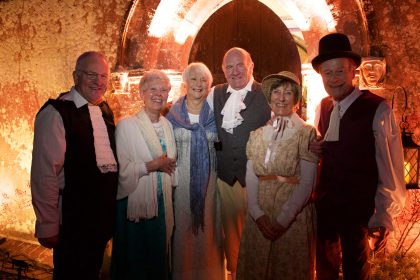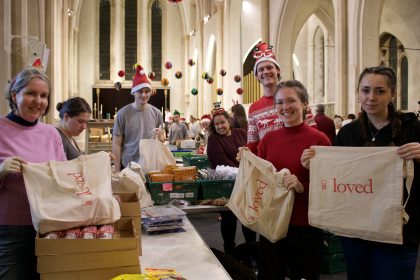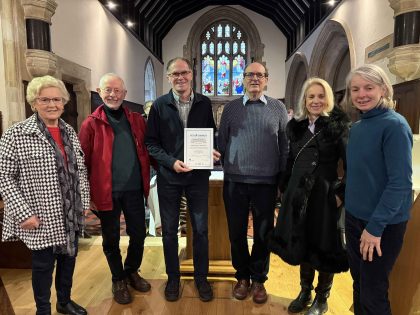St Peter’s Church in central Bournemouth has faced some serious issues over the last few years. A completely overgrown churchyard meant that the space was often being used for criminal activity, recent vandalism in the church found the sculptures in the apse in need of restoration, and the church’s decrepit boilers meant a constant drain in funds.
However, due to the efforts of the church community and local volunteers, St Peter’s have undertaken works of restoration and revitalisation, that also managed to bring the community closer together.
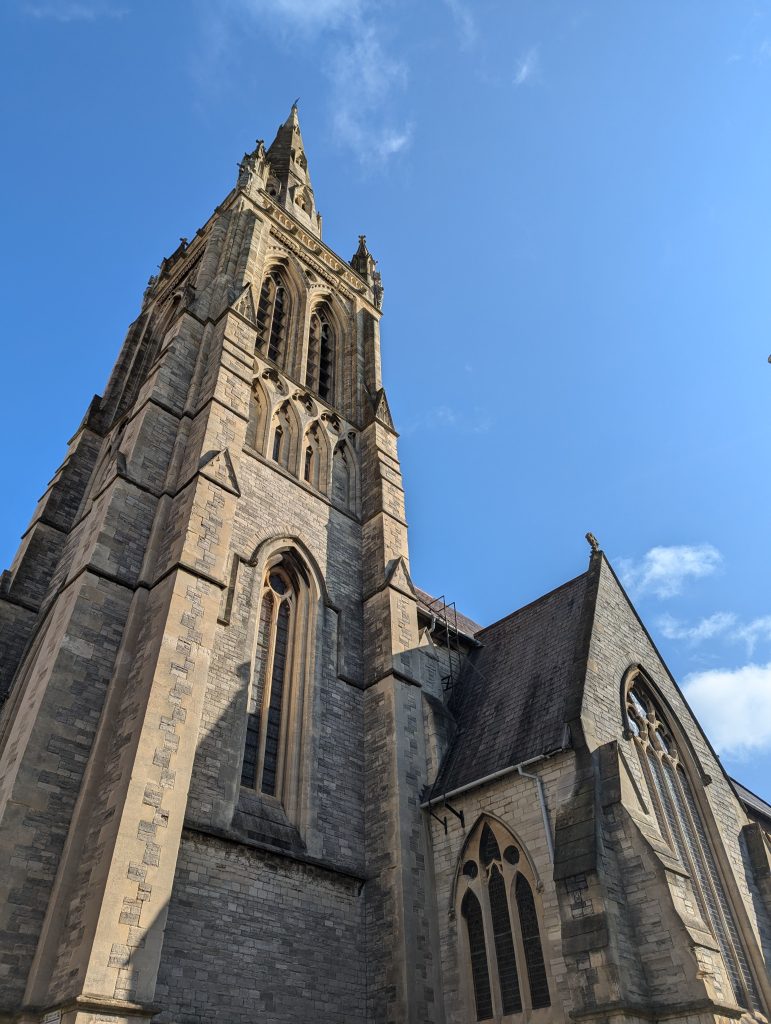
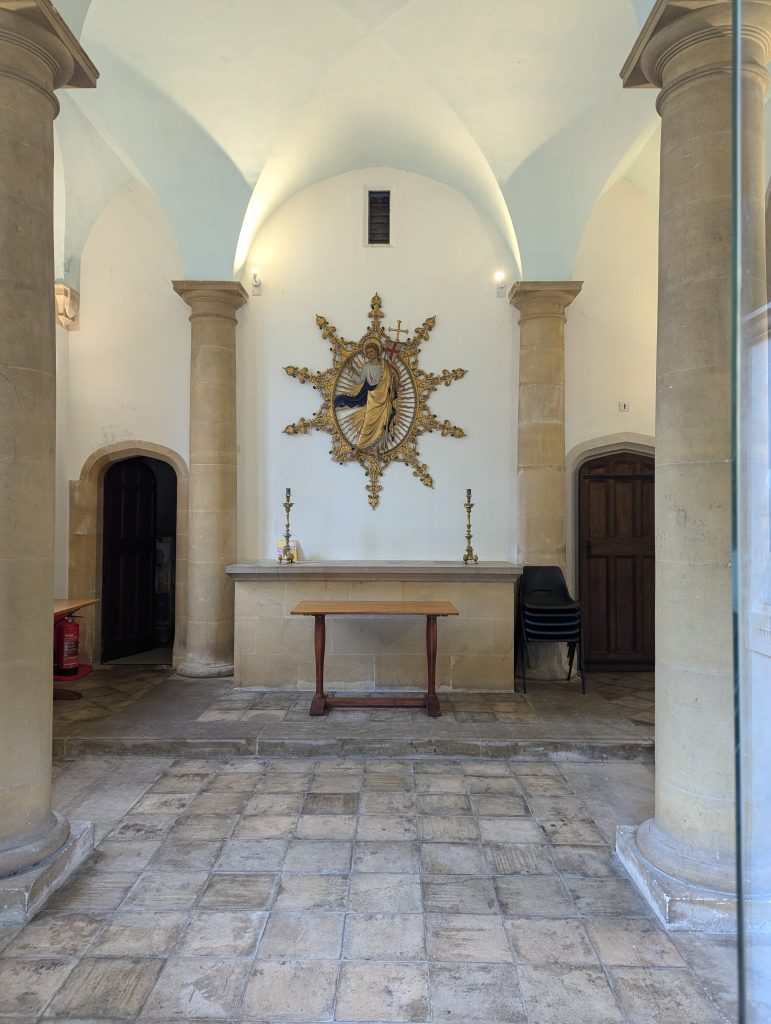
Getting the Community Involved
After raising funds through grants, most notably from Dorset Wildlife Trust and the local council, the team at St Peter’s decided to start their revitalisation journey by tackling the churchyard. This had become so overgrown that, for the four months that twenty volunteers were working on the site, four days a week, over 100 green waste bags had to be removed each week.
Over thirty feet of brambles had to be taken down at the front of the churchyard, and over 30 abandoned campsites also had to be removed. The job was so extensive that St Peter’s had to get permission from the local council to start the work, and they also got full faculty from the DAC, to ensure that all the right steps were taken.
Aside from the visual improvement, and a huge reduction in bad behaviour, clearing up the churchyard led to unexpected benefits. The churchyard is home to many graves of famous individuals, such as Mary Shelley, the author of Frankenstein. Clearing away the overgrowth from this grave, and others, meant lots more visits to the churchyard, and the church itself.
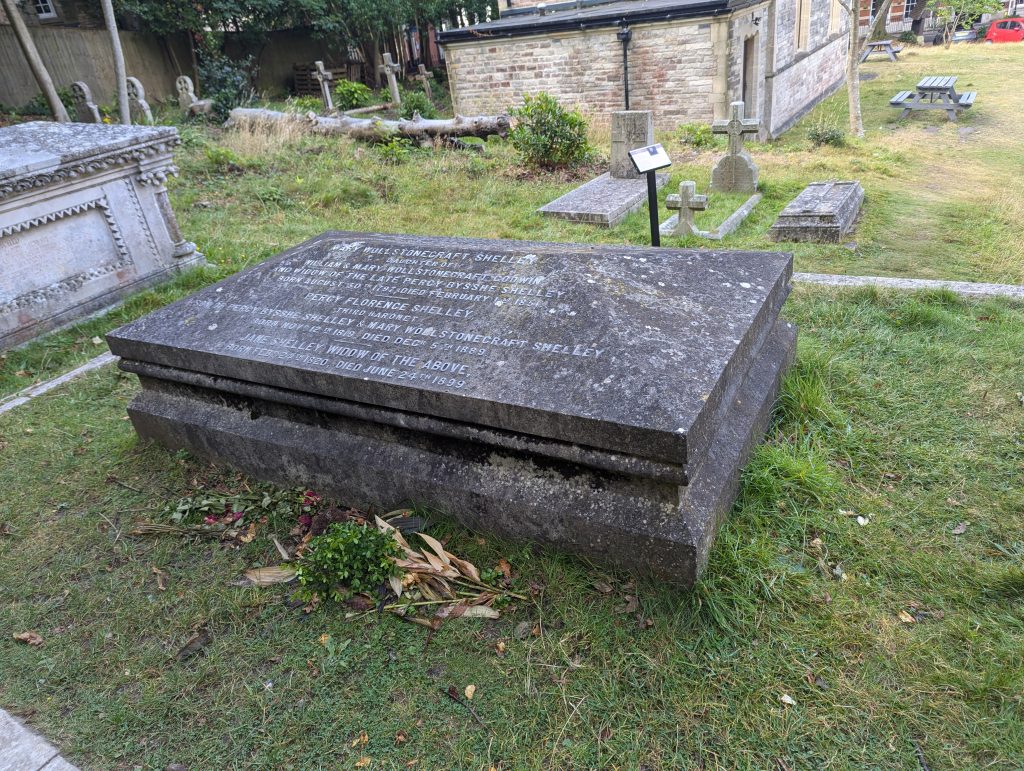
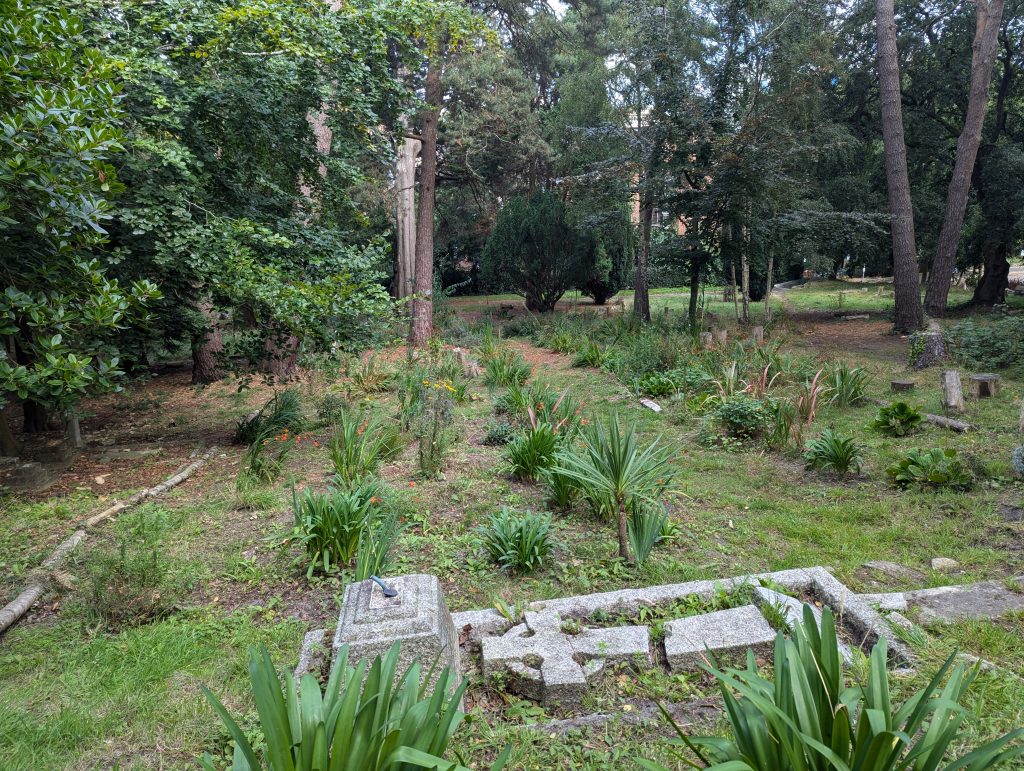
In addition to this, local residents were so grateful that the overgrowth had been cleared, that some started to volunteer their time to help with the upkeep moving forward. John (pictured below) heard about the work taking place at St Peter’s on Radio Solent in 2021, and has volunteered since then. Duveen and Kim, who both live near the church, joined the group of regular volunteers in 2020 when they saw the work that was going on in the churchyard.
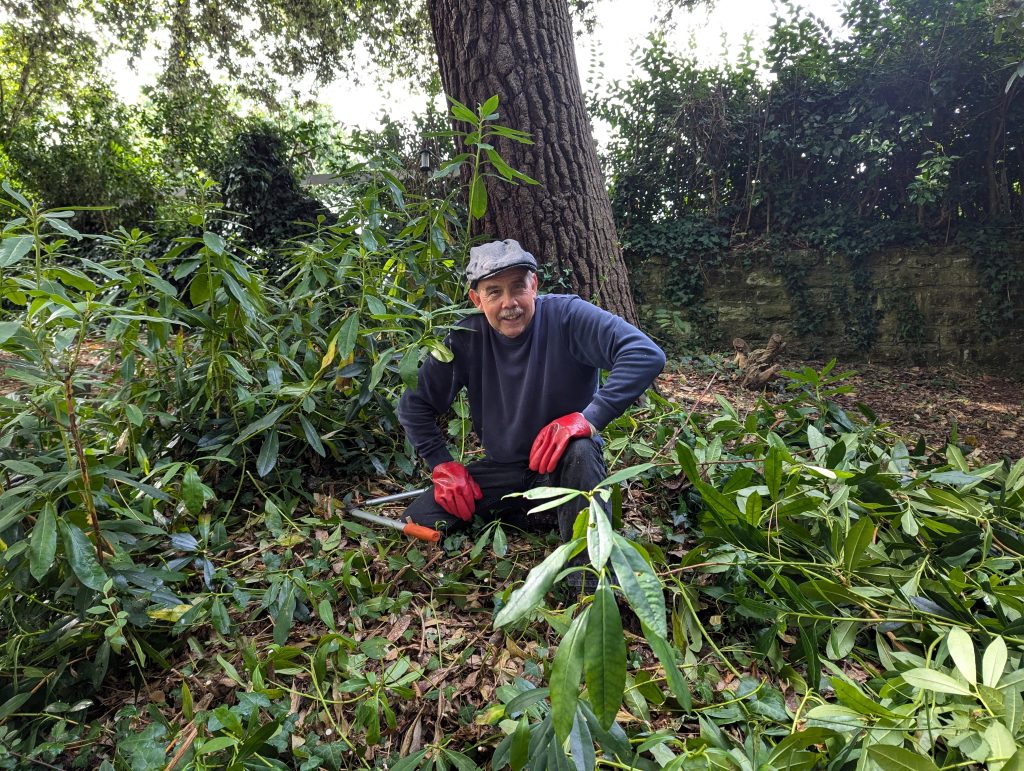
Duveen said that the churchyard had been “absolutely shocking, with syringes everywhere. It felt like the churchyard was the territory of drug dealers and criminals, a no man’s land that people were scared to enter.”
Kim commended the work of Jane, who orchestrated the cleanup project. He stated that Jane was the driving force in getting all the right permissions for the project, and was a great motivator throughout, pitching in wherever possible herself.
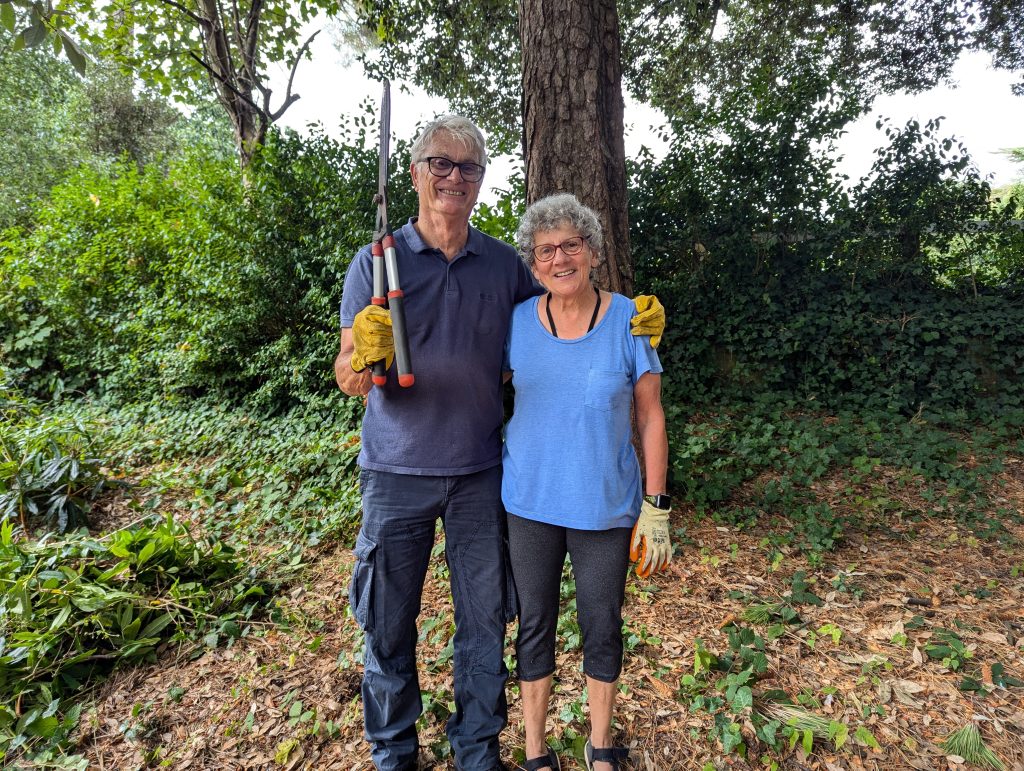
Once the churchyard had been cleared, new plants could be introduced to encourage the wildlife. Around 60 English ferns were planted, along with cherry trees and various other plants native to Britain. A volunteer also made several birdboxes that were installed, and within a few months, birds (including goldcrests, the smallest bird in Britain), squirrels, and hedgehogs appeared. Previously, there had been next to no wildlife, as the overgrowth was so dense, even smaller animals found it inhabitable.
Restoration Work
St Peter’s has also been undergoing restoration work recently. After an act of vandalism in the chancel, the reredos of Jesus surrounded by angels was damaged, and many of the fingers and hands needed to be replaced. An restoration expert was therefore brought in, who, after thoroughly cleaning the sculpture, sculptured and painted the areas that were missing, bringing it back to life.
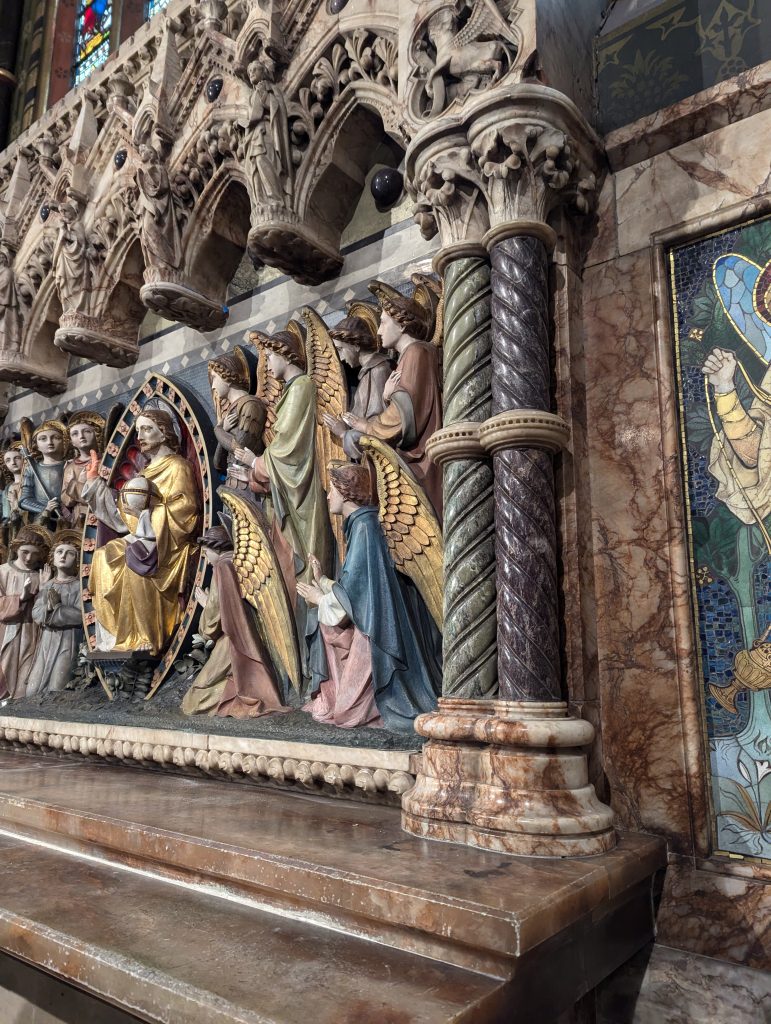
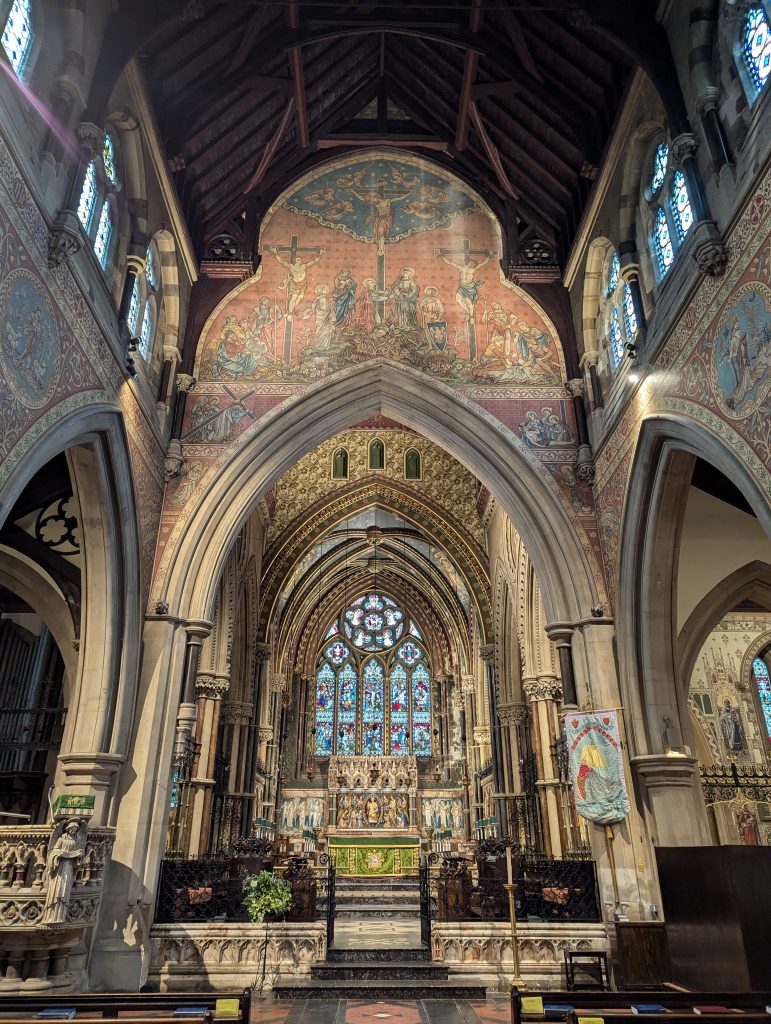
The church tower and spire were also in urgent need of repair, and through several grants, including grants from National Churches Trust, Talbot Village Trust, Benefact Trust and the Garfield Weston Foundation, work was able to start! Now fully completed, the tower and spire are a focal point in Bournemouth town centre.
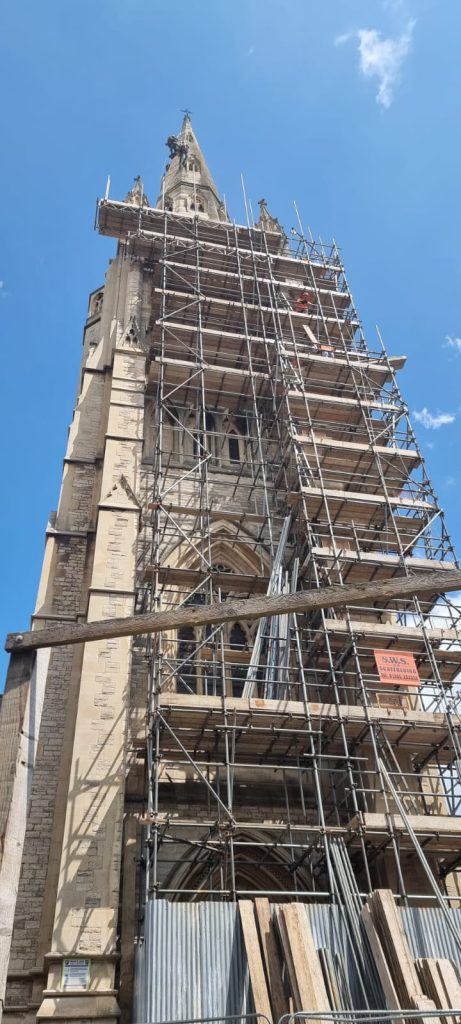
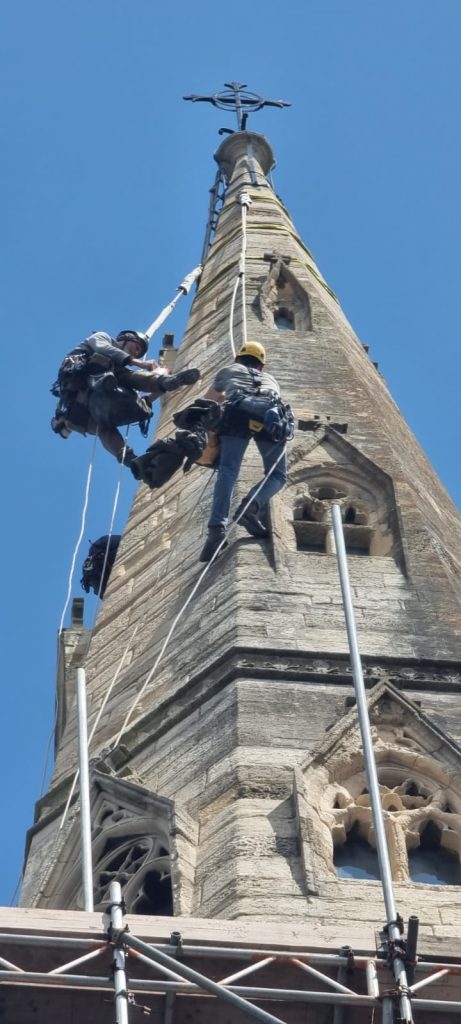
Cutting Back Costs
Another big project for St Peter’s was the replacement of their boilers, which were so old that they would break down each winter! As the model of boiler was no longer produced, each time a part needed replacing, it had to be custom made, which made it much more expensive. And because a large part of the church’s income comes from winter ticketed events such as Christmas concerts, and concerts by candlelight, reliable heating was essential!
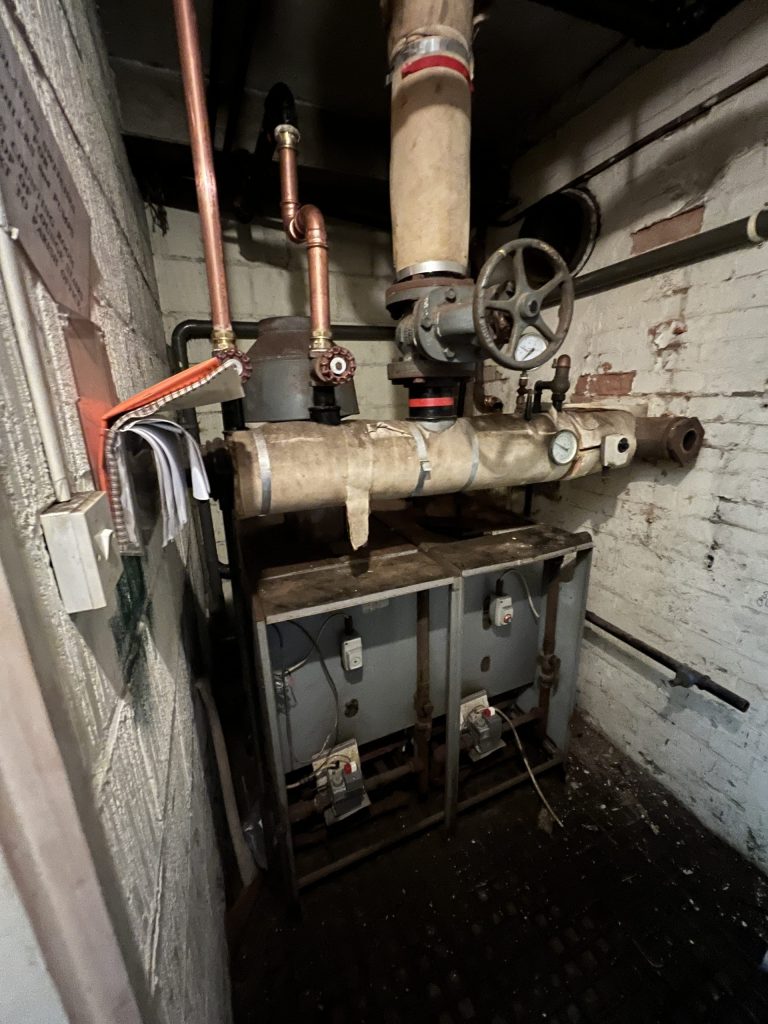
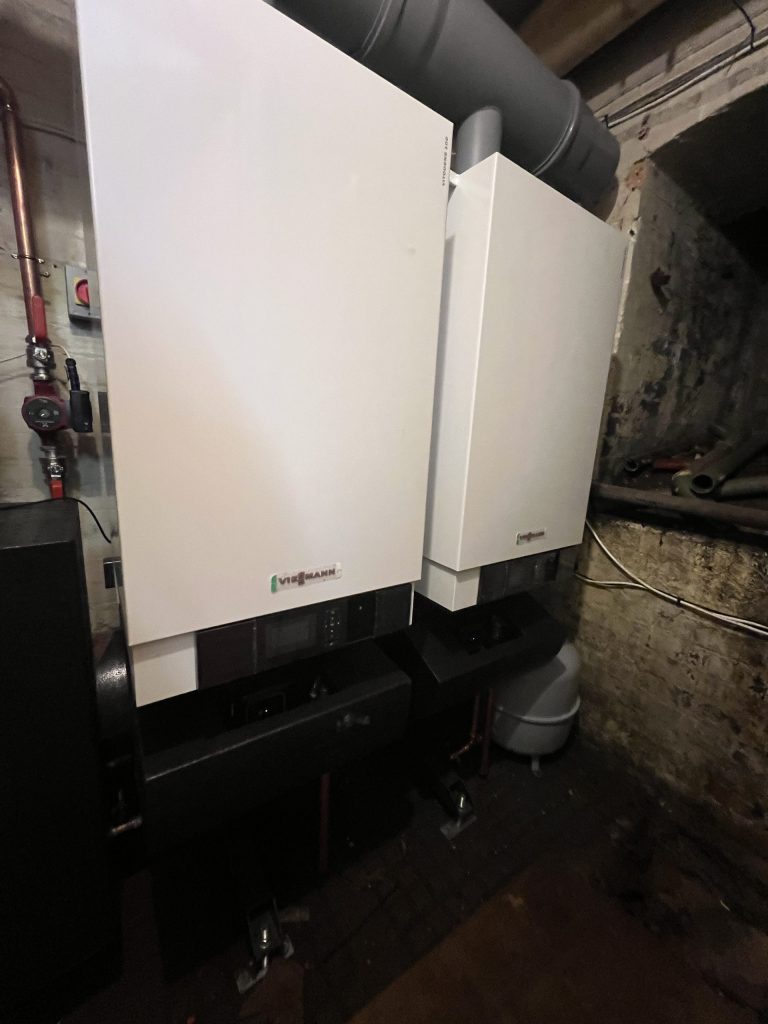
After seeking expert advice, it was decided that replacing the source for the boilers would be prohibitively expensive, so the units themselves were replaced. These new boilers can themselves be easily replaced, so in time, could be updated with even more energy efficient models. While the cost of the new boilers was in the tens of thousands, before they were installed, the church was wasting 60 percent of its energy usage, as hot air had been pumped out into the churchyard. St Peter’s will therefore save a considerable amount on their heating bills moving forward, and in time, these savings will cover the cost of the new boilers.
The journey we have been on has been remarkable and has shown what a very few determined folk can do. We are absolutely committed to full restoration of this beautiful place of worship with its stunning architectural and decorative features and historic graveyard.
It was built by faith and we open our arms to everyone in our wider community to enjoy its beauty, prayerful peace and the companionship and fellowship that its café offers. The musical offering of our fabulous choir and connections to so many local bands, singers, recitalists and to our wonderful Universities ensure that our building is filled with music – contemporary, classical, choral and jazz at least four times a week.
It’s a hub of culture and hope.
Jane MacDonald, Churchwarden and Project Manager
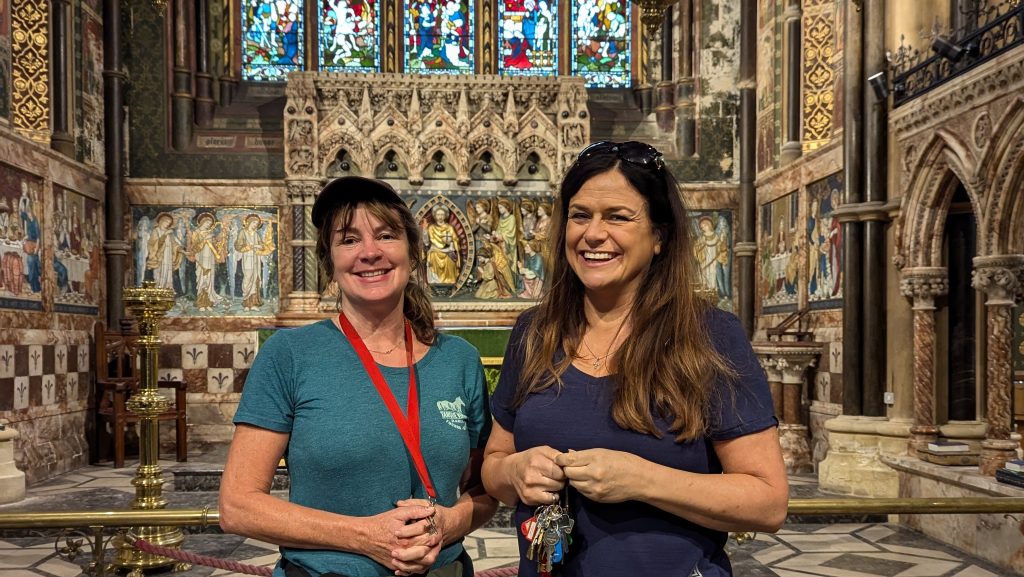
Looking to the Future
Since the beginning of the year, St Peter’s has been fundraising for another project. Around £10,000 has been raised from five separate funds, in order to redesign the café in the church, as well as to replace the kitchen with a more modern kitchen, in order to better serve the community.
The project is already being mapped out, with some of the funding being allocated to equipment, volunteer expenses and food, and the hope is that the café will be up-and-running within the next 12 months.

